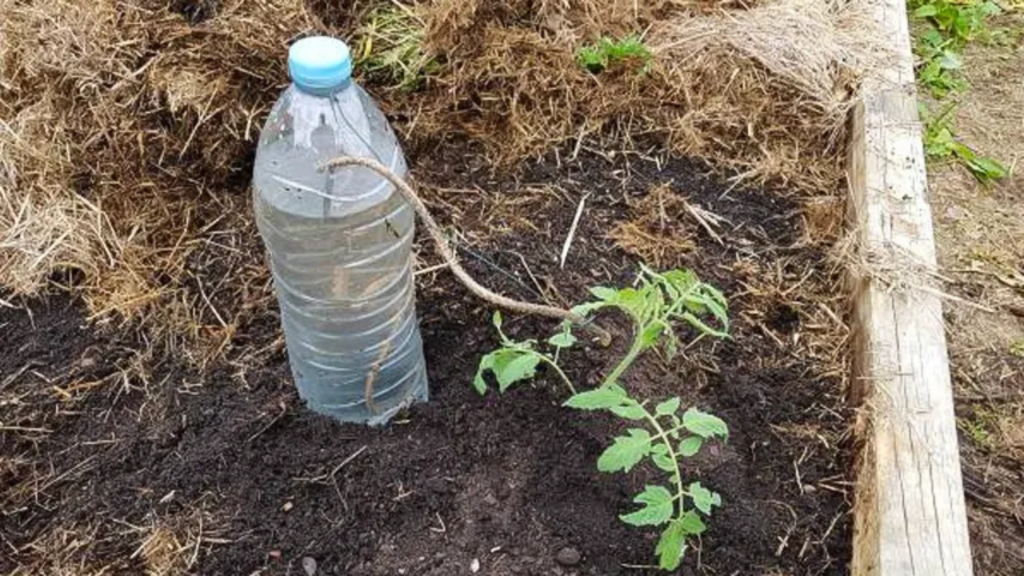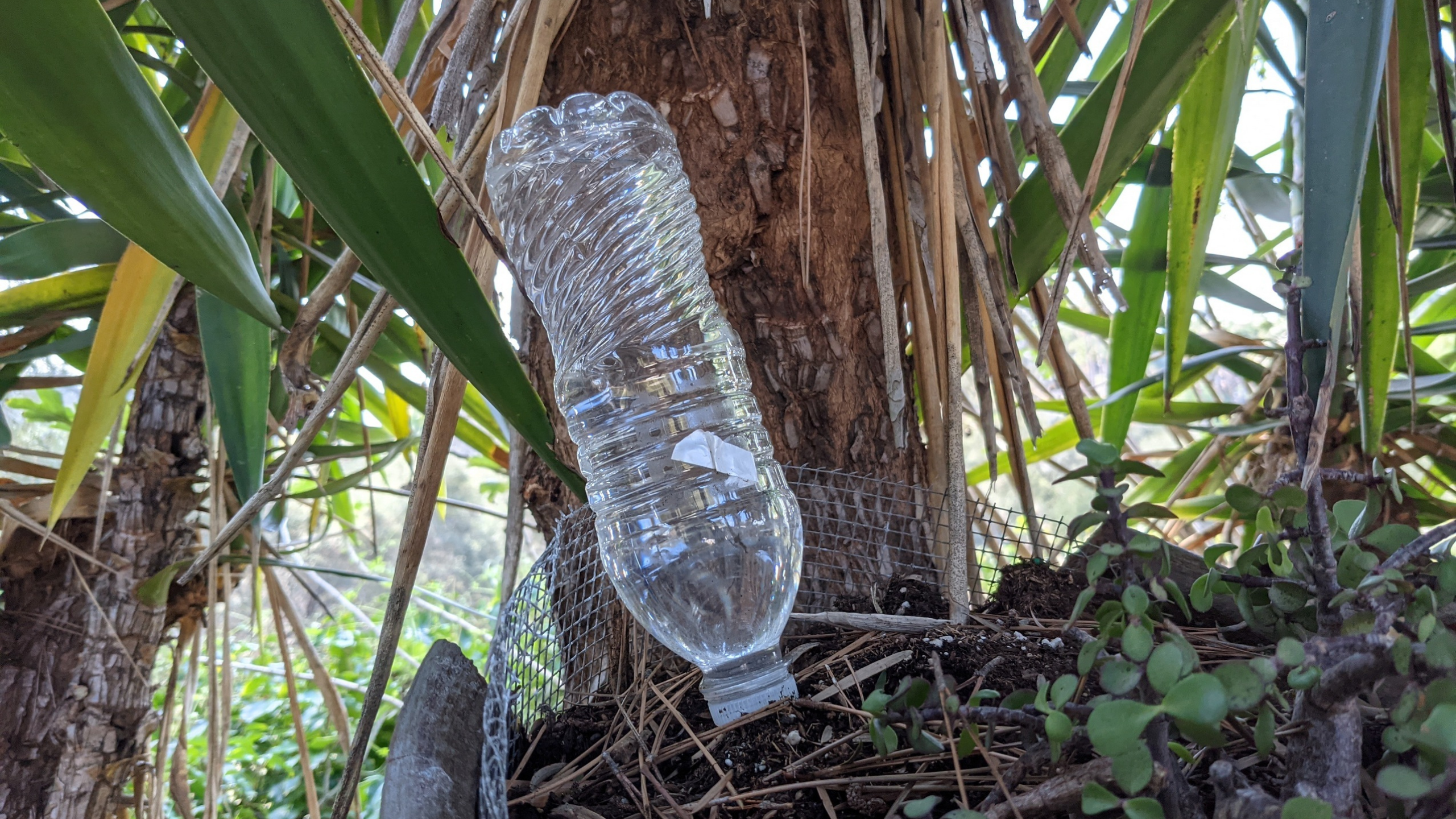Looking for a hassle-free way to water your plants? Root watering using plastic bottles might just be the method you’ve been searching for! Whether you have 20-ounce bottles, 2-liter containers, or even gallons, this technique can work wonders for your garden. Let’s explore how to set it up and why it can benefit your plants.
Why Use Bottle Watering?
Efficient Water Delivery
One of the most significant advantages of root watering is efficiency. Instead of scattering water over the soil surface, you’re delivering moisture directly to the roots where it’s needed most. This can help ensure that your plants receive adequate hydration, especially during hot weather or droughts.
Reducing Evaporation
Watering from the top can lead to evaporation, which means your plants may not get the moisture they need. By using bottles buried in the soil, you minimize this issue, allowing the water to penetrate deeply where roots can absorb it effectively.
Less Waste
This method also helps reduce water waste. Instead of oversaturating areas and wasting water, this technique allows you to control precisely how much water your plants receive.
What You’ll Need
- Plastic Bottles: You can use bottles of various sizes, so choose according to your needs—20 ounces, 2 liters, or even gallon-sized containers work perfectly.
- Tools: You’ll need a sharp object like a knife or a nail to poke holes in the bottles.
- Digging Tool: A small shovel or trowel will help you create the necessary hole for your bottle.
Step-by-Step Guide to Bottle Watering
1. Prepare Your Bottles
Before you start, make sure your plastic bottles are clean. Remove any labels, as this will help you avoid confusion later.
2. Dig a Hole
Next, dig a small hole next to your plant, ensuring it’s deep enough to accommodate the size of your bottle. Typically, the hole should be in the root area of the plant.
3. Poke Holes in the Bottle
Now, take your sharp tool and poke holes in the bottle. The more holes you puncture, the quicker the water will flow out. Consider using different sizes of holes to create a custom watering rate.
4. Position the Bottle
Place the bottle upright in the hole, with the lid side facing up. Make sure it is level with the ground or mulch so that it doesn’t tilt. This positioning helps guide the water downward to the root zone effectively.
5. Fill with Water
Once the bottle is in place, fill it with water. You can either leave the lid off or replace it after filling. Some gardeners prefer to keep the lid on to prevent bugs and debris from entering the bottle. Just remember that if you keep the lid on, this will slow down the outflow of water.
6. Monitor and Adjust
Monitor how your plant responds to this watering method. You may need to adjust the number of holes based on your observations. If the soil feels too dry or too wet, tweak the bottle placement or the number of holes accordingly.

Common Questions
How Often Should I Water?
The frequency of watering will rely on several factors, including the type of plant, the weather, and your soil conditions. Consider checking the soil moisture level regularly and adjust your watering schedule as needed.
Can I Use This Method for All Plants?
While many plants will benefit from root watering, certain delicate flora may require more specific care. Always consider the individual needs of your plants before implementing this method.
What About Seasonal Changes?
In the hotter months, plants require more water, so regularly check and refill your bottles. As temperatures drop, your plants may need less water, leading to a different watering routine.
Conclusion
Root watering with plastic bottles is a simple yet effective way to ensure your plants receive the moisture they need. By following these steps, you can optimize your watering strategy, reduce waste, and foster healthy plant growth.
Give it a try in your garden, and feel free to share your experiences! Happy gardening!
This easy guide allows you to enhance your watering efforts and possibly improve your gardening outcomes. If you have any additional questions or tips to share, let us know in the comments below!

